Imagine this: You’re on a beautiful beach, feeling the warm sand between your toes and the sun on your skin. As you stroll along the shoreline, you notice colorful seashells scattered along the sand. Intrigued, you pick one up and hold it to the light. But as you examine it closer, something catches your eye. It’s not a shell at all. It’s a tiny piece of plastic.
This scenario may sound like a scene from a dystopian novel, but the truth is, microplastics have become an alarming reality in our everyday lives. These minuscule pieces of plastic, smaller than a sesame seed and thinner than a human hair, are finding their way into our bodies in ways we never could have imagined.
Recent studies suggest that Americans unknowingly consume about 200 tiny pieces of microplastics every day. These microplastics come from various sources, such as larger plastic debris that breaks down over time, microbeads in beauty products, and even the towels we use to dry ourselves.
But what does all this have to do with weight loss? Well, emerging evidence suggests that microplastics can disrupt hormones, reproductive systems, and yes, even contribute to weight gain. So, those extra pounds you’ve been struggling to shed may have more to do with what you’re unknowingly consuming than you think.
Key Takeaways:
- Microplastics are prevalent in our modern environment and can be found in our food and beverages.
- Studies show that the average American unknowingly consumes between 203 and 312 pieces of microplastics every day, depending on age and sex.
- These tiny particles can disrupt hormones, reproductive systems, and potentially contribute to weight gain.
- Choosing plastic alternatives and being mindful of packaging can help reduce exposure to microplastics and support weight loss efforts.
- Further research is needed to fully understand the long-term health effects of microplastics and develop strategies to minimize their presence.
The Ubiquity of Microplastics in Our Modern Environment
Microplastics are everywhere in our modern environment, lurking in unexpected places. These small plastic particles can be found in our food, swirling in our beverages, and even floating in the air we breathe. They are the tiny remnants of larger plastic debris that has broken down over time, as well as the microscopic microbeads used in beauty products and the fibers shed from our favorite microfiber towels.
These unsightly invaders, smaller than a sesame seed and thinner than a human hair, have infiltrated our surroundings and become a part of our daily lives. They have seeped into our ecosystems, our oceans, and our bodies, raising concerns about their potential health risks.
While the full extent of the health risks associated with consuming microplastics is still unknown, research has shed some light on their potential impact. Studies have shown that these tiny plastic particles have the ability to disrupt hormones, disturb reproductive systems, and potentially contribute to weight gain. The ingestion of microplastics, whether through our food or drinks, has raised questions about their effects on our overall well-being.
“Microplastics have become the uninvited guests in our daily lives, sneaking into our food and potentially wreaking havoc on our health. Their ubiquitous presence demands attention and further investigation.”
As we dive deeper into the world of microplastics, it becomes evident that their reach knows no bounds. They have infiltrated our environment on a global scale, leaving no stone unturned.
From Land to Sea: The Invisible Invasion
It all starts on land, where plastic waste accumulates and undergoes a slow but steady process of degradation. The large plastic debris, whether from discarded packaging or single-use items, begins to break down into smaller and smaller fragments. These fragments, now known as microplastics, find their way into our rivers and oceans through runoff, wind, and even our daily activities.
Once in the water, the microplastics are at the mercy of ocean currents, traveling vast distances and infiltrating every corner of the marine ecosystem. They are ingested by marine creatures, from the tiniest plankton to the largest whales, and make their way up the food chain.
Human activities also contribute to the onslaught of microplastics in our seas. The tiny microbeads used in personal care products, such as exfoliating scrubs and toothpaste, are washed down the drain and end up in our waterways. Synthetic fibers shed from our clothes during laundry find their way into rivers and eventually the ocean. These invisible invaders have become a part of our culinary landscape, as they settle on our dinner plates through the seafood we consume.
Microplastics are not limited to the sea. They float through the air we breathe, carried by winds and settling on land. They find their way into the soil, infiltrating our crops and potentially entering the food chain through plants and animals.
With microplastics infiltrating every corner of our world, it’s hard to ignore their presence and the questions they raise about our health and the health of our planet.
So how do we navigate this invisible invasion? What can we do to minimize our exposure to microplastics and protect our well-being? These are the questions that demand answers as we continue to uncover the complexities of this global issue.
But before we delve into solutions, let’s take a closer look at the quantity of microplastics that we unknowingly consume on a daily basis, and the potential health risks associated with these invisible intruders.
The Quantity of Microplastics Consumed Daily
Did you know that on average, you unknowingly consume between 203 and 312 pieces of microplastics every day? Yes, you read that right! These tiny plastic particles find their way into your body through the food and beverages you consume. Depending on your age and sex, this adds up to an estimated ingestion of around 98,000 to 121,000 microplastic particles per year. That’s a significant amount!
But wait, it gets worse for bottled water drinkers. If you’re one of them, you’re actually ingesting an additional 86,000 microplastics per year compared to those who drink tap water. It’s shocking to realize the substantial quantity of microplastics that sneak into our diet without us even knowing!
To avoid the harmful effects of microplastics in your food, it’s crucial to be mindful of the types of packaging used. Opt for alternatives that minimize exposure to plastic. By making small changes in your consumption habits, you can significantly reduce your intake of microplastics.
| Number of Microplastics Ingested (per year) |
|
|---|---|
| Age and Sex | Estimate |
| Women | 98,000 |
| Men | 121,000 |
| Bottled Water Drinkers | 86,000 (additional) |
Being aware of the presence of microplastics in your diet is the first step towards minimizing exposure and protecting your health. Choose sustainable packaging options, such as glass or stainless steel containers, and avoid single-use plastics whenever possible. Small changes can make a big difference in reducing the amount of microplastics you consume.
The Potential Health Risks of Microplastics
While the full health risks of microplastics are still unclear, research has found that they contain toxic chemicals such as phthalates and BPA. These chemicals can interfere with hormones, potentially leading to reproductive issues and weight gain. Phthalates have been linked to cancer and impaired child development, while BPA exposure can increase calorie conversion to fat rather than muscle. Microplastics can also act as carriers for organic contaminants and trace metals, further adding to their potential health risks.
It is important to continue studying the long-term effects of microplastics on human health.
“Microplastics can interfere with hormones, potentially leading to reproductive issues and weight gain.” – Dr. Emily Wilson, Environmental Scientist
Bioavailability of Microplastics to Fish and Potential Biomagnification
When it comes to microplastics, fish are not exempt from their presence. These tiny plastic particles, which are prevalent in aquatic environments, can be easily ingested by fish as they swim through polluted waters. In fact, certain fish species, like filter feeders and deposit-eating fish, are particularly vulnerable to consuming microplastics due to their feeding behavior.
Microplastics that resemble natural prey, such as small particles resembling plankton, are more likely to be consumed by visually oriented fish. The resemblance to their usual food source can trick the fish into consuming the microplastics without realizing it.
But the story doesn’t end there. Microplastics have the potential to biomagnify in the food chain, meaning that they can accumulate and become more concentrated as they move through the ecosystem. Larger predatory fish, which are at the top of the food chain, feed on smaller fish that have already ingested microplastics. This results in a higher level of microplastics in the bodies of these larger fish, creating a potential risk for both human and animal health.
Research on the bioavailability and biomagnification of microplastics in fish is still ongoing, and more studies are needed to fully understand the extent of this phenomenon. By gaining a deeper understanding of how microplastics interact with aquatic organisms, scientists can develop strategies to mitigate the harmful effects and protect both marine life and human health.
| Fish Species | Feeding Behavior | Microplastic Ingestion Risk |
|---|---|---|
| Filter feeders | Feed by straining tiny particles from the water | Highly vulnerable due to their feeding mechanism |
| Deposit-eating fish | Consume food particles that settle on the bottom | Ingest microplastics present in sediment |
| Visually oriented fish | Depend on visual cues to locate prey | More likely to consume microplastics resembling natural prey |
Conclusion
So, you’ve discovered the unsettling truth about microplastics in our food and their potential impact on weight loss. While we may not have all the answers yet, the evidence strongly suggests that these tiny plastic particles can wreak havoc on our hormones, reproductive systems, and even contribute to weight gain. It’s time to take action and protect our health.
Start by being more conscious of the types of packaging used for your food. Opt for alternatives that minimize your exposure to plastic, such as glass containers or reusable fabric bags. By making these small changes, you can reduce your intake of microplastics and support a healthier lifestyle.
However, we can’t stop at personal choices alone. Further research is needed to fully understand the long-term effects of microplastics on human health. It’s crucial for scientists, policymakers, and industries to work together in developing strategies that minimize the presence of microplastics in our food and environment. Only through collective effort can we safeguard our well-being and protect future generations from the impact of microplastics.
So, let’s take a stand against microplastics in our food. By being mindful of our choices and advocating for change, we can work towards a future where our meals are free from these harmful particles. Your health, and the health of our planet, is worth it.
FAQ
Are You Unknowingly Eating Microplastics? How It Could Impact Weight Loss
What are microplastics?
How many microplastics do Americans unknowingly consume daily?
How can I avoid consuming microplastics in food?
What are the potential health risks of microplastics?
Do microplastics affect fish and the food chain?
What is the conclusion about microplastics in food and their impact on weight loss?
MORE SOURCES TO READ:
- https://www.businessinsider.com/eating-microplastic-potential-health-effects-2019-6
- https://www.ncbi.nlm.nih.gov/pmc/articles/PMC5832226/
- https://www.frontiersin.org/articles/10.3389/fenvs.2022.827289
![]()
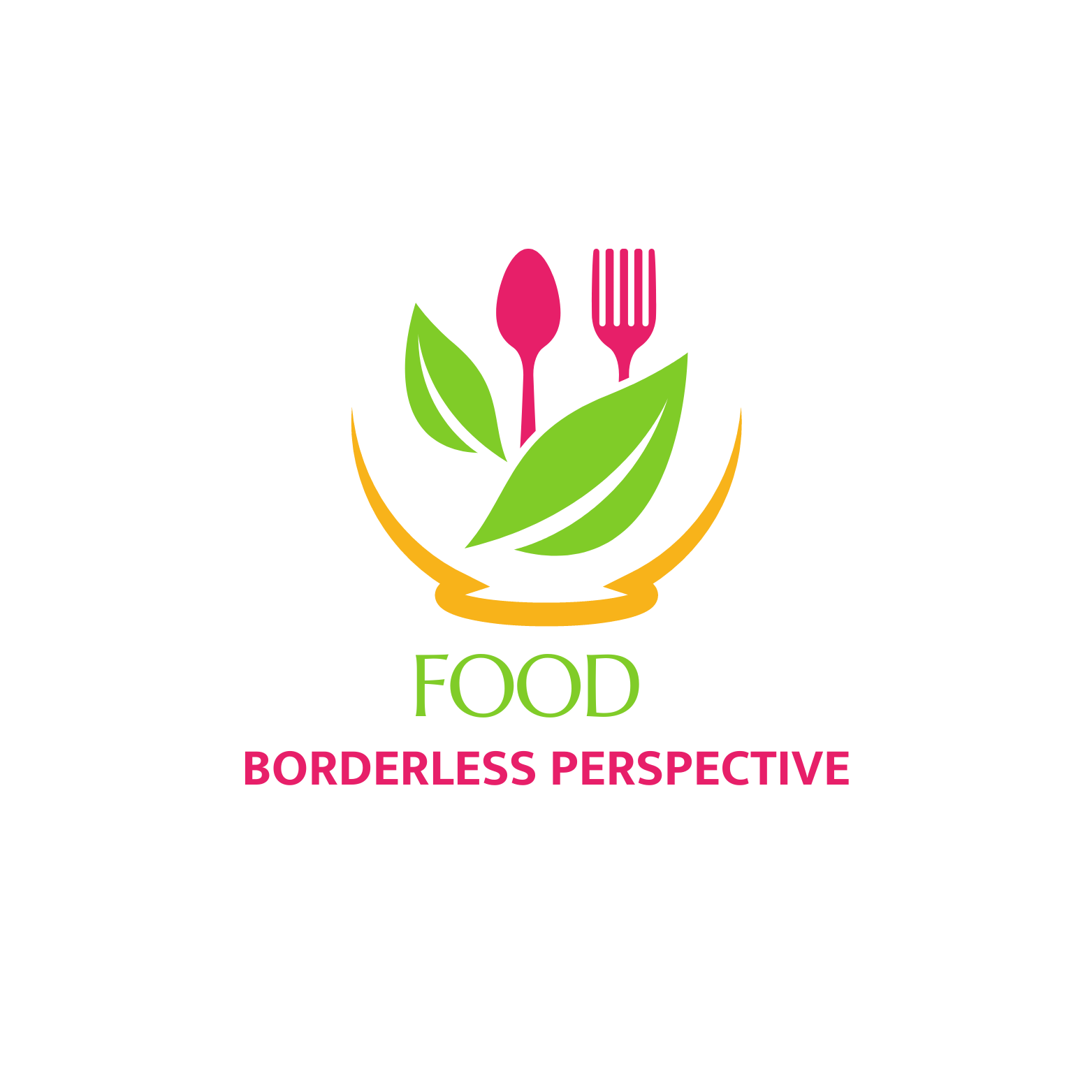



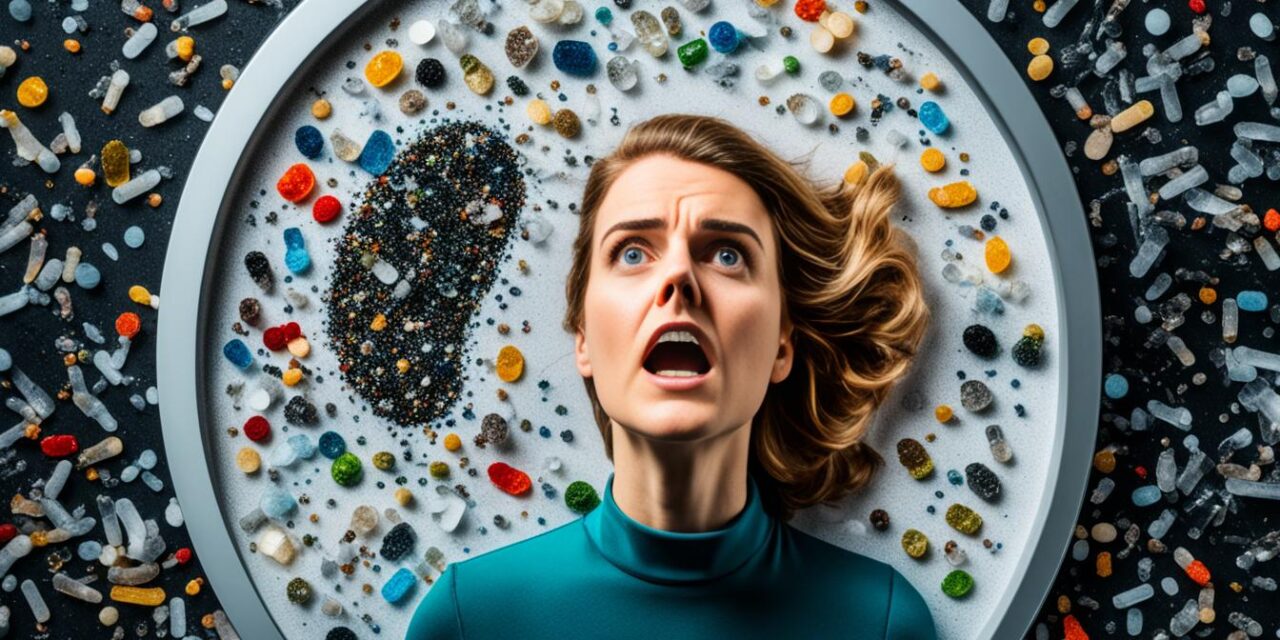

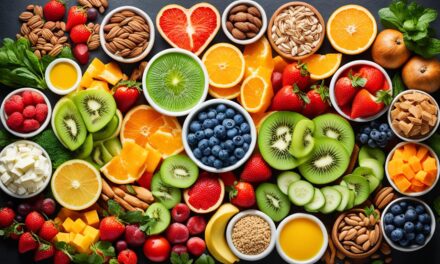
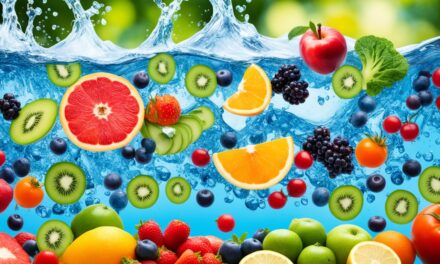
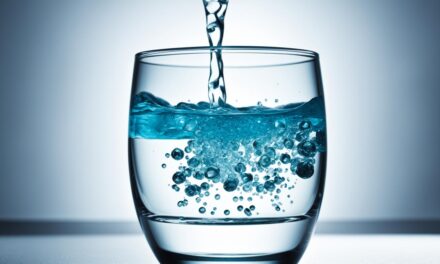





Recent Comments